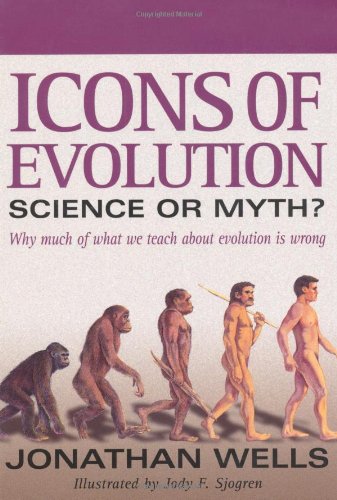 Icons of Evolution (Jonathan Wells, Regnery, 2002) is 13 years old.
Icons of Evolution (Jonathan Wells, Regnery, 2002) is 13 years old.
A friend, forensic engineer Stephen Batzer, summarizes,
I think that there are three “show stoppers” since then.
1. That Darwin’s finches are simply races of the same bird. There has been no speciation.
2. That the tree of life is not viable. “It’s a bush!” they respond. Well, then Darwin was wrong, and the model is wrong. If it’s a *bush* it isn’t a *tree*. The Darwinian model is common descent and gradual differentiation. That has been shown to be false, because of #3.
3. ORFAN (Orphan) genes. Where do novel genes come from? If common genes mean common descent, then novel genes mean intervention and an innovator.
The entire rigor of Darwinism is genetic, and it is now known that distinct species (or kinds, or what have you) do not share a common ancestor in the way that individuals within a species share a common ancestor.
Not only that, but long-exploded Icons were still in 22 taxpayer-funded textbooks in 2011. Probably still are.
Rumour has it that author Jonathan Wells is updating Icons for a 2016 edition.
Follow UD News at Twitter!